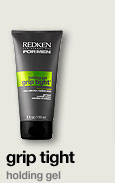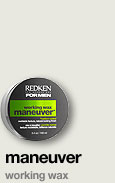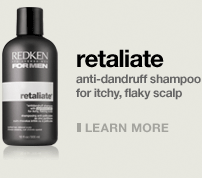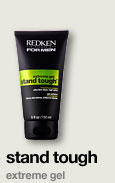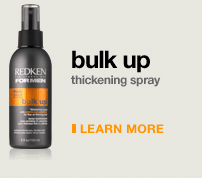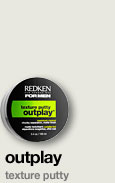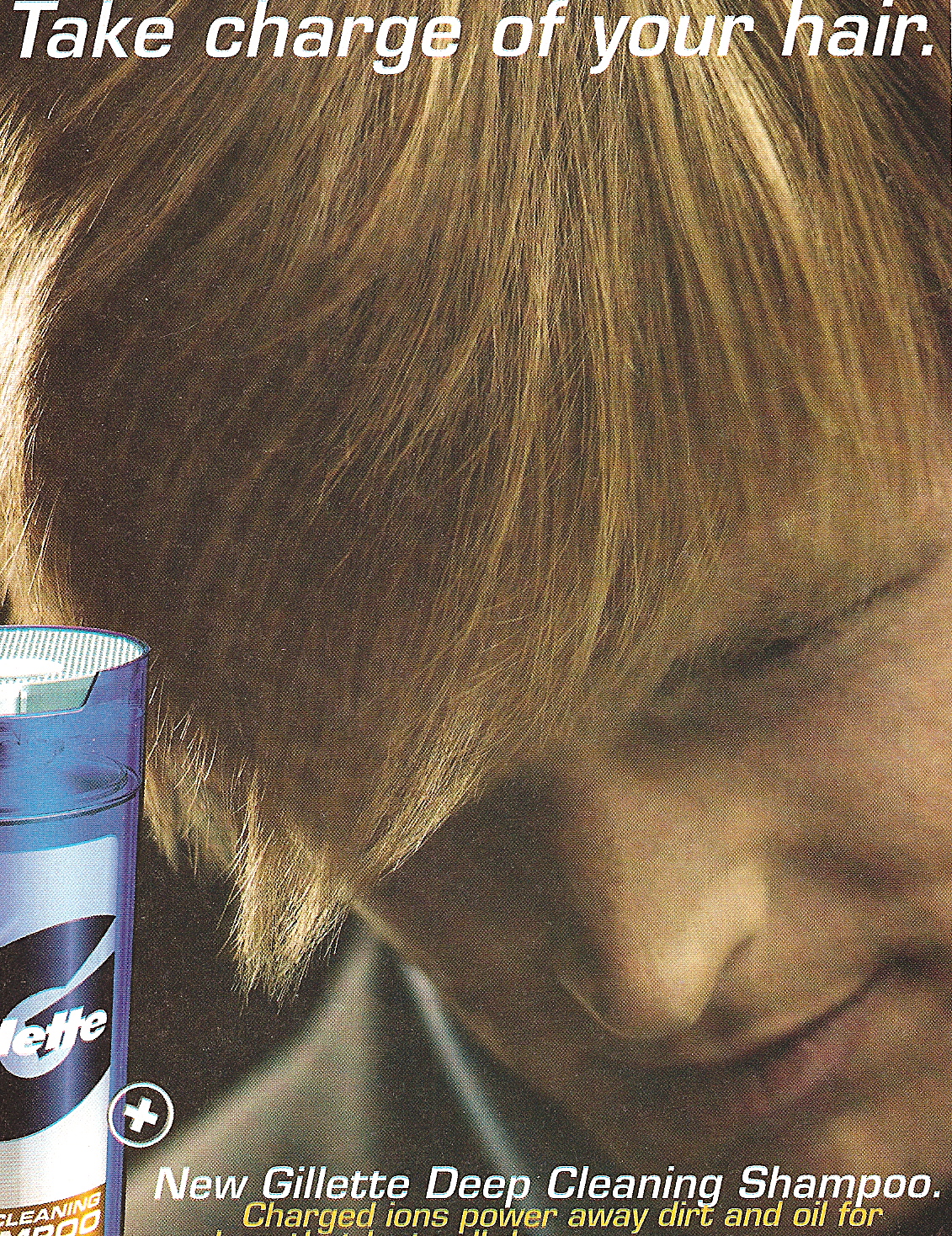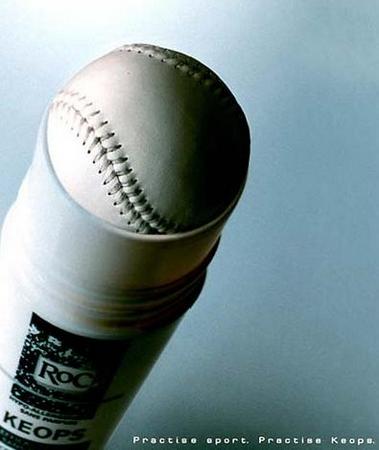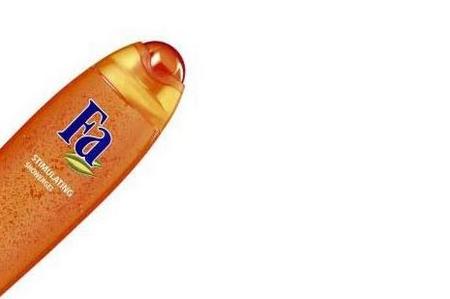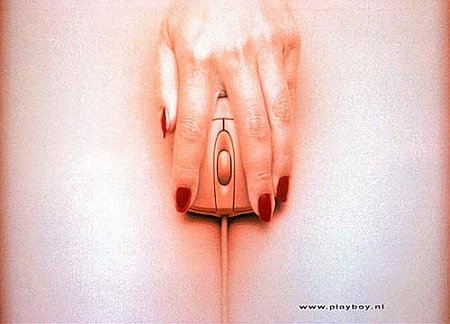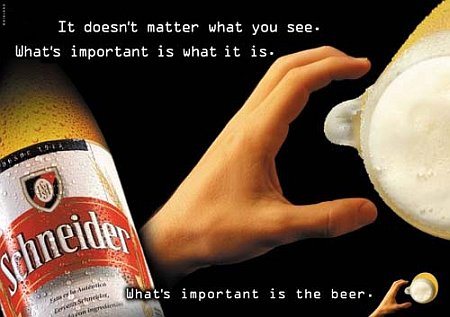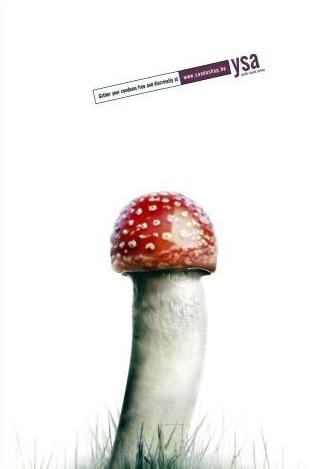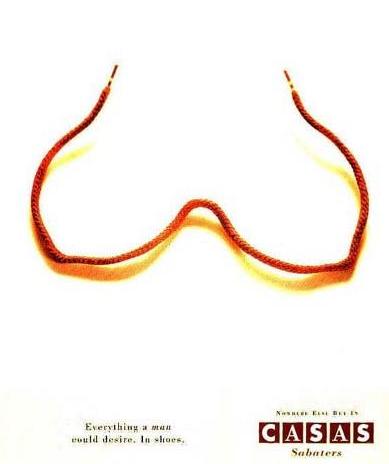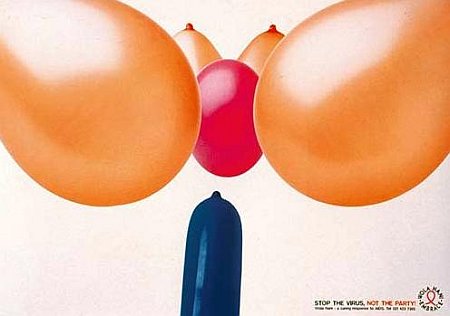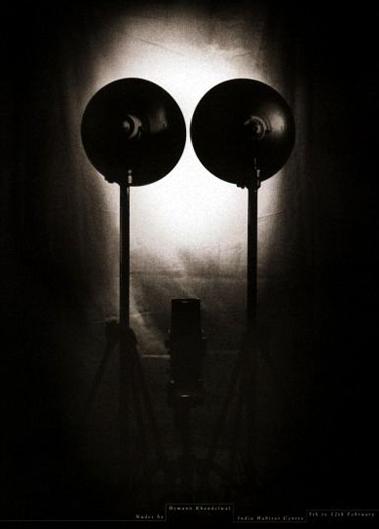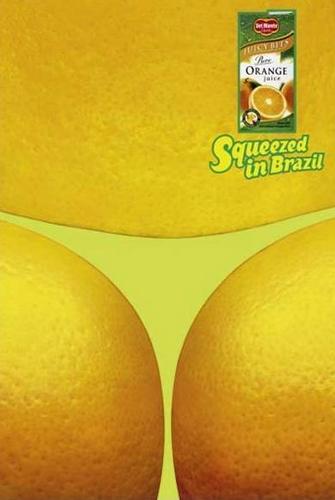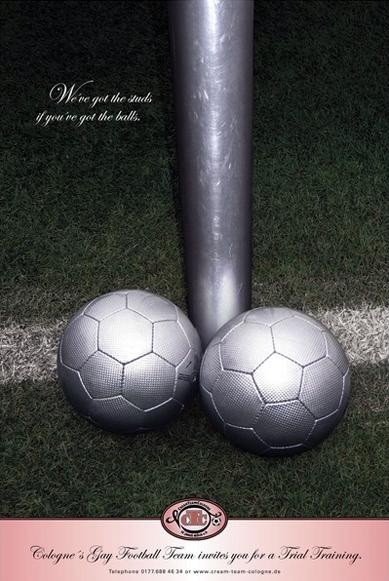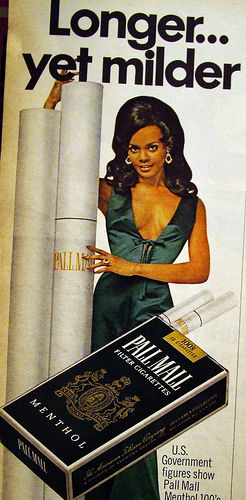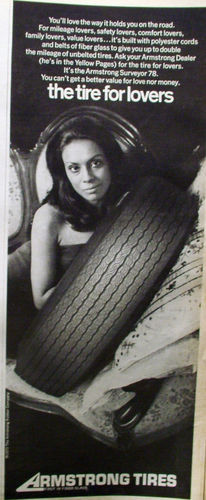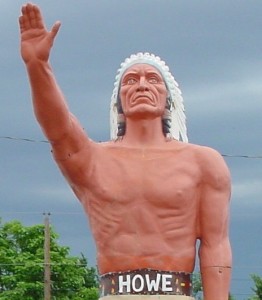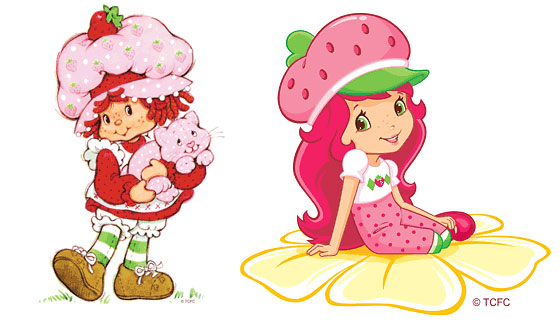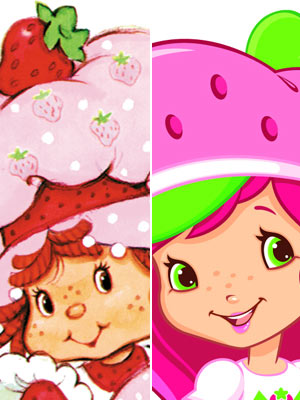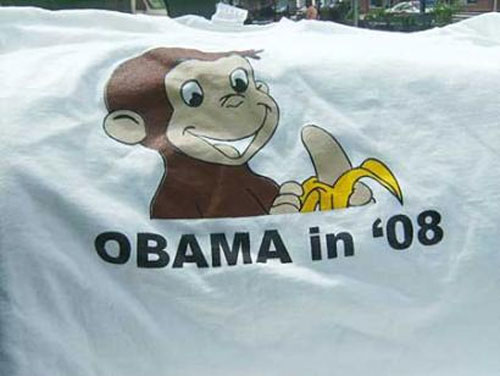On-the-road post from Flagstaff, AZ:
The other day I was standing in a salon and noticed some styling products by Redken for Men. I realized they provide an excellent example of how, when companies try to convince men to buy things traditionally reserved for women (and thus marked feminine), they have to masculinize them. This is particularly true when it comes to beauty products, since men aren’t supposed to worry about things like their skin.
On the Redken website, the products are described as, “Focused technology for stronger hair and balanced scalp.” I’m not sure I’ve ever bought mousse or shampoo described to me as technology before. Notice how the names of these styling products attempt to make them seem manly:
Grip Tight gel.
Men maneuver things, like high-end cars and power tools. And their hair.
Don’t take dandruff lying down! Retaliate!
Tough = masculine.
Men work hard. So does their molding paste.
Bulk Up!
Be smarter and sportier than your hair.
Redken for Men’s gray-hair-covering service is not dye, it’s Color Camo.
It might be useful to compare images of products like these with this verse from the currently-popular country song “I’m Still a Guy,” by Brad Paisley:
These days there’s dudes getting facials
Manicured waxed and botoxed
But with deep spray on tans and creamy lotioney hands
You can’t grip a tackle box
With all of these men lining up to get neutered
It’s hip now to be feminized I don’t highlight my hair
I’ve still got a pair
Yeah, honey I’m still a guyMy eyebrows ain’t plucked
Theres a gun in my truck
Thank God I’m still a guy
I’ve driven from Vegas to Oklahoma and nearly back in the last 10 days. I’ve heard this song several times now.
Anyway, this could be good for a discussion of changing ideals of masculinity (and the idea of the metrosexual) or the gendering of products into men’s and women’s versions even though they’re really the same.
See also Touch of Gray hair dye and another set of beauty products for men.
In the comments, pharmacopaeia mentioned that the New Zealand salon Manscape caters to men and has to work to masculinize its services and products (starting with the name, obviously). Their tagline is “taking the ape out of the modern man.” They also offer clients cold beers while they get beautified. They offer a sports massage, “perfect for pre and post event training.” They reassure men about the eyebrow maintenance service by saying “Shape & tidy – there’s nothing girly about this!” The manicure (Man-I-Cure) is called Handy Work, and the pedicure is described as “manly.”
Thanks for letting us know, p.!
NEW: Here’s another example I found in Rolling Stone, which tells men to take charge of their hair:

